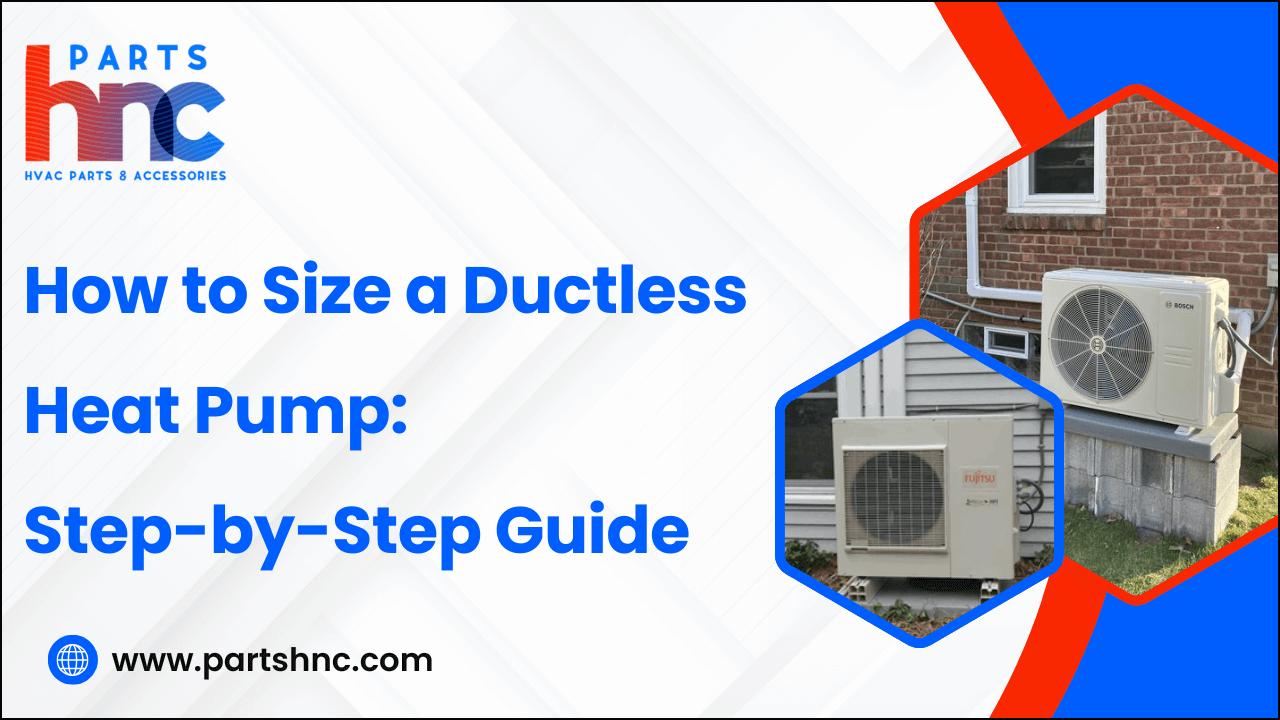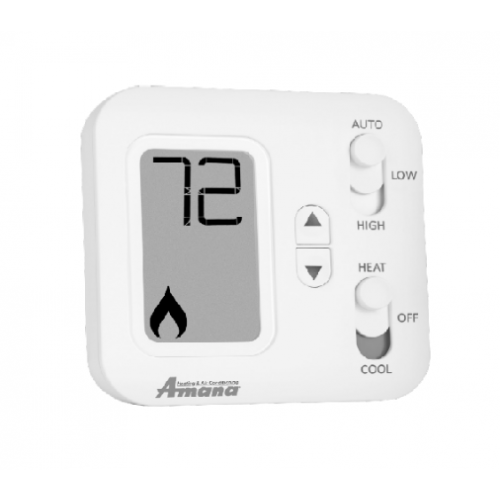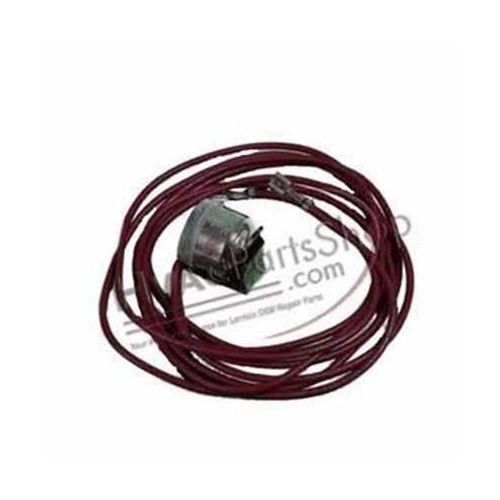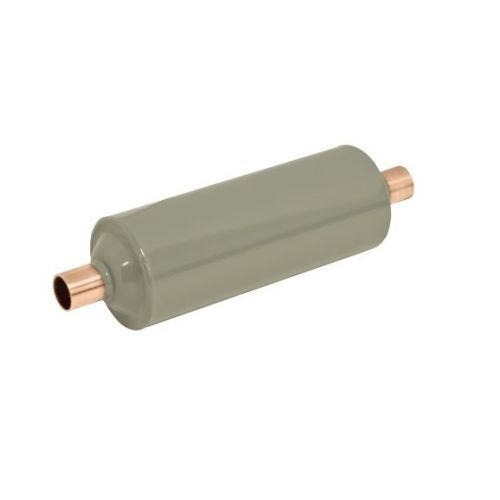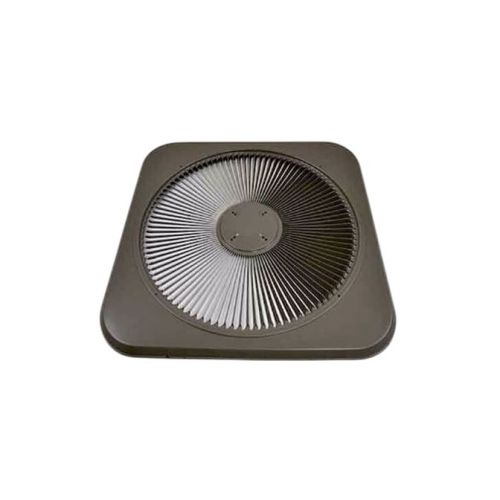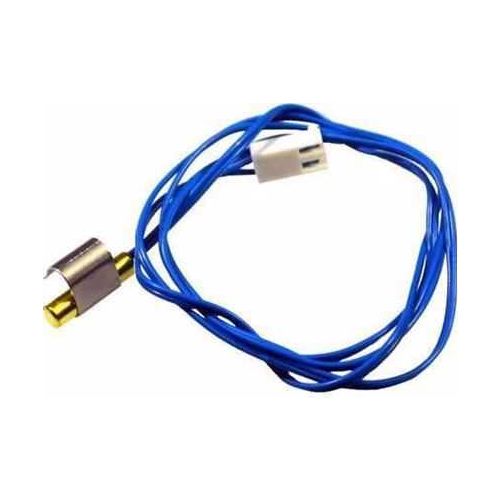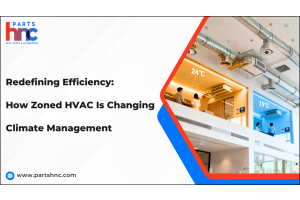How to Size a Ductless Heat Pump: Step-by-Step Guide
Sizing a ductless heat pump correctly is crucial for ensuring optimal comfort, energy efficiency, and longevity of the system. If the unit is too small, it won’t provide sufficient heating or cooling, leading to increased energy bills and wear on the system. Conversely, an oversized unit may cycle on and off frequently, reducing efficiency and potentially causing uneven temperatures. Properly sizing your ductless heat pump involves considering several factors, such as the square footage of the space, insulation quality, climate, and the number of windows. This step-by-step guide will walk you through the process, helping you choose the right size for your home or office, ensuring you enjoy consistent, efficient comfort year-round.
Understanding Ductless Heat Pump Sizing and Why Sizing is Important?
For a ductless heat pump to operate as efficiently and effectively as possible in your house, proper sizing is essential. An improperly sized system can lead to several issues that impact both comfort and energy costs. Consider the following:
Undersized Heat Pump:
An undersized heat pump can lead to inefficiency and discomfort, while an oversized unit may waste energy and cause inconsistent temperatures. Let’s explore the issues associated with both scenarios.
-
Struggles to maintain desired temperatures
-
Increase electricity costs since more energy is needed to heat or cool the area.
-
The system's lifespan is shortened due to excessive wear and tear.
-
During severe weather, it might not offer enough heating or cooling.
Oversized Heat Pump:
An excessive heat pump can do more harm than good. Although it can seem like a smart idea, the problems that occur when your unit is too big for your space will be discussed.
-
More frequent on-and-off cycles result in unequal temperatures.
-
Energy waste as a result of short cycling
-
Puts the unit through needless wear and tear.
-
Causes the interior temperature to fluctuate, with certain rooms feeling excessively hot or chilly.
Why is Sizing a Ductless Heat Pump Important?
Properly sizing a ductless heat pump is essential for several reasons:
-
Efficiency: An undersized or oversized system may result in increased wear and tear on the unit, poor efficiency, and higher energy costs.
-
Comfort: Proper sizing ensures that your home is maintained at a comfortable temperature, without the system overworking or underperforming.
-
Longevity: A correctly sized system is less likely to experience premature failure, extending its life.
Check out this guide on air-to-water inverter heat pumps to learn how these systems provide efficient heating and cooling solutions for modern homes.
Factors to Consider When Sizing a Ductless Heat Pump
When sizing a ductless heat pump, there are a few factors to consider. The following elements aid in determining your system's proper BTU rating:
Space's Square Footage
The size of the area you wish to heat or cool is the primary factor in determining the size of your ductless heat pump. More BTUs are needed in larger areas to keep the temperature comfortable.
To calculate the BTUs needed, you can use a rough guideline of 20 BTUs per square foot. For example:
-
About 10,000 BTUs would be required in a 500-square-foot space.
-
A 1,000-square-foot room would need around 20,000 BTUs.
However, this is merely a general guideline, and other factors should also be taken into account.
Insulation and Building Envelope
The better your home’s insulation, the less heating or cooling is required. Proper insulation will help your heat pump maintain a comfortable temperature more efficiently.
-
The burden on the heat pump is reduced in homes with adequate insulation since they stay cooler in the summer and retain heat in the winter.
-
Poor insulation or homes with large windows will lose heat more quickly in winter or absorb more heat in summer, requiring a larger system to compensate.
Location and Climate
The size of your heat pump is greatly influenced by the climate in which you live.
-
Colder Environments: For efficient heating in the winter, a larger BTU rating is required.
-
Milder Climates: A smaller unit may suffice, as the heating and cooling needs are less extreme.
-
Extreme Temperature Fluctuations: If you live in an area where temperatures fluctuate drastically, it’s important to select a heat pump that can operate efficiently across a wide range of conditions, ensuring reliable performance year-round.
Room Characteristics
The layout and characteristics of the room being heated or cooled will affect the size of the heat pump you need. Factors to consider include:
-
Ceiling Height: Higher ceilings require more BTUs, as the system has to heat or cool a larger volume of air.
-
Room Layout: An open floor plan typically needs more BTUs than a room with walls and partitions.
-
Windows: In the winter, rooms with lots of windows will lose heat more quickly, thus, a larger system is required to make up for the loss.
-
Sunlight: Rooms that get a lot of direct sunlight during the day may need less heating or cooling, as the sun can provide passive heat.
Occupants and Appliances
The number of people and appliances in a space can significantly affect the heat load and, therefore, the size of the ductless heat pump needed. Each additional source of heat adds to the overall BTU requirement.
Key Considerations:
-
Each person in a room adds approximately 600–1,000 BTUs of heat.
-
Home, office often require larger systems due to the number of devices or equipment in use.
-
Rooms with multiple electronics (e.g., gaming setups, servers) can quickly accumulate heat and may require a system with increased capacity.
-
Frequent use of multiple types of equipment adds additional heat, especially in enclosed spaces.
How to Calculate the Required BTUs for Your Ductless Heat Pump
Now that you understand the factors affecting heat pump sizing, you can start calculating the required BTUs for your space. To assist you in understanding the size of the unit you require, follow these steps:
Calculate the Square Footage.
Measure the length and width of the room, then multiply the two figures together to determine the square footage.. For instance:
-
Length: 15 feet
-
Width: 20 feet
-
Square Footage = 15 x 20 = 300 square feet
Apply the BTU Per Square Foot Formula
To estimate the necessary BTUs, multiply the square footage by 20 using the previously indicated rule of thumb. Regarding a 300 square foot area:
-
300 x 20 = 6,000 BTUs
Adjust for Additional Factors
Now, modify the BTU estimate in light of additional variables such as room layout, insulation, and climate. You can make those changes as follows:
-
Insulation: If the room is well-insulated, you might not need to adjust the BTU estimate. However, for poorly insulated rooms, you should add about 10-20% more BTUs.
-
Room Features: Add about 10% for rooms with high ceilings or large windows, and subtract 10% for rooms with good sunlight exposure.
-
Occupants: Add 600-1,000 BTUs for each additional person or appliance in the room.
Calculation
Let’s say you have a 300-square-foot room with poor insulation and large windows. The basic BTU calculation is 6,000 BTUs. After adjusting for the insulation and windows, you might need to increase the capacity by 20%. So:
-
6,000 x 1.2 = 7,200 BTUs
This would be the recommended size for the heat pump.
Choosing the Right Ductless Heat Pump for Your Space
After calculating the necessary BTUs, it's time to select the appropriate ductless heat pump. You can make an informed decision by using the following advice:
-
Multi-Zone Systems: If you need to heat or cool multiple rooms, consider a multi-zone ductless heat pump system. These systems are made up of several interior units and one outdoor unit, each of which controls a separate room or area.
-
Energy Efficiency: Seek out models with high heating seasonal performance factor (HSPF) and cooling seasonal energy efficiency ratio (SEER) ratings. Higher ratings indicate more energy-efficient units.
-
Brand and Features: Consider the reputation of the manufacturer, as well as additional features such as Wi-Fi connectivity, quiet operation, and advanced filtration systems.
Read this article for HVAC tips & tricks for new homeowners to improve energy efficiency for optimal comfort and savings.
Installing and Maintaining Your Ductless Heat Pump for Optimal Performance
To maximize the efficiency and lifespan of a ductless heat pump, skilled installation and routine maintenance are essential after selecting the right size.
Professional Installation Tips:
-
Select a trained HVAC specialist to ensure that the unit is installed according to the manufacturer's specifications and local codes.
-
Correct placement of indoor and outdoor units improves performance. Avoid placing indoor units near heat sources or in direct sunlight.
-
Proper drainage and wiring are essential to prevent leaks or electrical issues.
Ongoing Upkeep includes:
-
Ongoing Maintenance consists of cleaning or replacing filters every one to three months to maintain optimal airflow and efficiency.
-
Inspect coils and fan blades periodically to remove dust and debris.
-
To examine the electrical components, refrigerant levels, and general system condition, schedule yearly expert servicing.
-
Keep an eye on the system's operation, and get in touch with a specialist right away if you hear strange noises or observe that the heating or cooling is diminished.
Regular care ensures your ductless system operates smoothly year-round, delivers consistent comfort, and avoids costly repairs down the line.
Check out this article on eco-friendly HVAC solutions to learn more about how to integrate sustainable options
Sizing a ductless heat pump correctly is one of the most important steps you can take to ensure long-term comfort, energy efficiency, and cost savings in your home. By considering key factors like square footage, insulation, climate, and room layout, you can accurately determine the BTU capacity needed for your space. Pairing this with a high-quality, energy-efficient unit and professional installation will help you avoid common pitfalls such as uneven temperatures, excessive energy use, and premature wear. Whether you're upgrading your current system or installing a new one, taking the time to properly size your ductless heat pump will lead to a more comfortable and sustainable indoor environment year-round.
Looking for reliable parts to maintain or upgrade your ductless heat pump system? PartsHnC has you covered with trusted brands like Carrier, Lennox, and Goodman. From mini-split control boards to condenser fan motors and reversing valves, find everything you need at competitive prices, shipped fast and backed by expert support!
FAQs
Can I use a ductless heat pump for multiple rooms or zones?
Yes, ductless heat pumps can be configured with multiple indoor units connected to one outdoor compressor, allowing you to control the temperature in different zones independently.
What is the rule of thumb for mini-split sizing?
A common rule of thumb is to allocate 20 BTUs per square foot of space. For example, a 500-square-foot room requires about 10,000 BTUs.
How much does it cost to install a 12,000 BTU mini split?
The cost for installing a 12,000 BTU mini-split typically ranges from $2,000 to $4,000, depending on the complexity of the installation and your location.


